Properly, it’s official: Greek summer season is right here – and for anybody who loves meals, which means one factor. A visit to the coast, a shaded desk at a taverna, and a hearty unfold of grilled sardines, golden-fried calamari, catch-of-the-day, and a cheeky glass of ouzo.
However this love affair with seafood isn’t only a trendy Greek phenomenon. Our historic forebears have been simply as smitten by Poseidon’s pantry, however they took issues additional – a lot additional. For the traditional Greeks, one of the prized condiments on the desk wasn’t lemon or olive oil, or a sprinkle of coarse sea salt, it was a fermented fish sauce often called “garon” (Greek: γάρον) – the pungent ancestor of what the Romans would later name “garum.”
Made out of fermented fish and salt, this savory, salty liquid was ladled over nearly every thing: meat, greens, pulses – even wine. In its time, it was as ubiquitous as ketchup or soy sauce is as we speak. Its odor, some mentioned, may empty a room, however its style was completely addictive.
Right here, we’ll discover the rise (and funky aroma) of garum within the historic Greek world – the way it was made, why it turned a kitchen staple, the way it traveled the Mediterranean in specially-made transport jars (amphorae), and the way, with a little bit bravery, you would possibly even strive making your personal batch at dwelling.
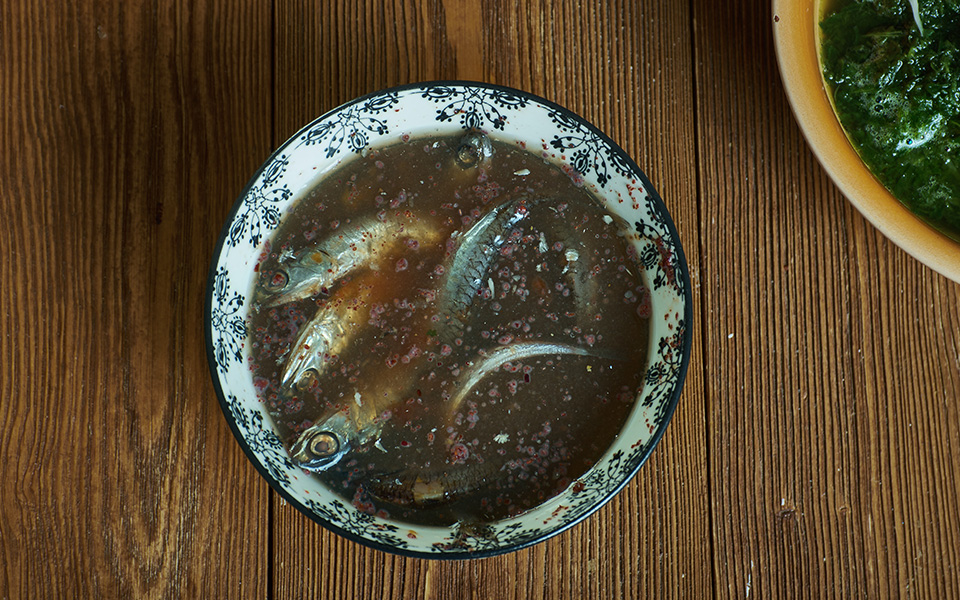
© Shutterstock
What Was Garum – and How Was It Made?
At its core, garum was a liquefied sauce created by way of the fermentation of fish and salt. The method was deceptively easy: take complete fish and/or innards (sometimes small, oily varieties like anchovies, sardines, mackerel, or sprats), layer them with coarse sea salt in massive vats or ceramic jars and depart them within the solar for a number of months. Because the combination broke down, it turned a briny slurry. The wealthy amber-colored liquid (“liquamen” in Latin) that rose to the highest – rigorously strained and bottled – was the prized outcome: garum. The paste-like sediment that remained was known as “allec” and was bought extra cheaply, usually utilized by decrease courses to season on a regular basis dishes like oatmeal, pancakes (“tiganites”) or stews.
Although we frequently affiliate it with the Romans, this intensely flavored sauce has earlier roots within the Greek world. The phrase “garon” seems in Classical Greek literature centuries earlier than the unfold of Roman delicacies. Writing within the late 4th century BC, Aristophanes, in his comedy “The Wasps” (line 508), famously mocks Athenian extra with the road: “He’s so wealthy, he even places garon on his lentils!” – a nod to its standing as a luxurious condiment among the many higher courses.
The Roman naturalist Pliny the Elder, writing later in his “Pure Historical past” (31.93), described garum as “a putrid liquid constructed from fish,” but admitted it was held in excessive regard, and acknowledged its Greek roots. He notes that the Greeks had lengthy traditions of preserving seafood, particularly by way of salting and fermentation.
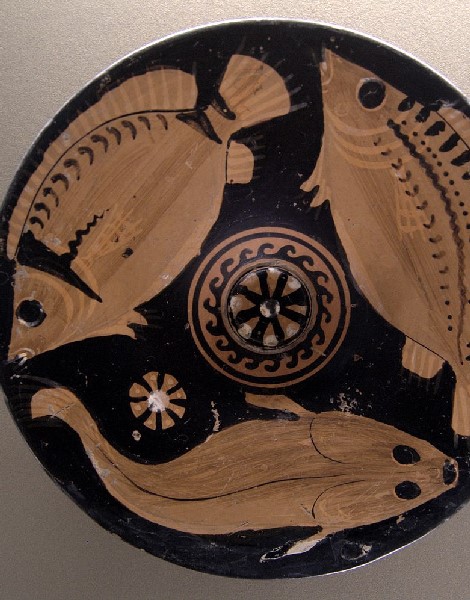
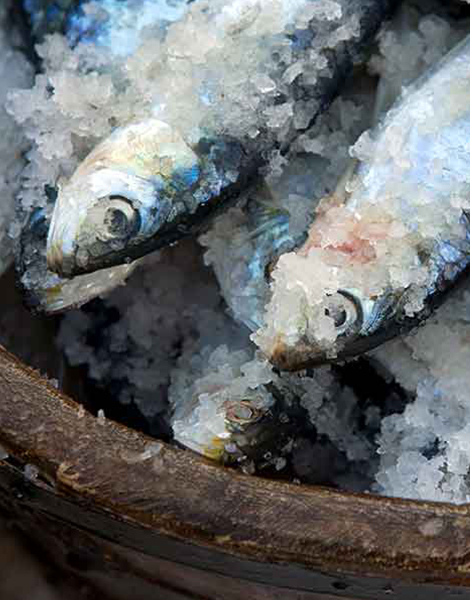
So, the place did the Latin phrase “garum” come from? There’s an etymological connection to the Greek phrase “garos” (γάρος), which referred to a small fish or shrimp – presumably the sauce’s unique base. Intriguingly, the trendy Greek phrases for anchovy (“gavros” – γαύρος) and shrimp (“garida” – γαρίδα) recommend a linguistic continuity. In historic Greek, the suffix “-on” rendered a phrase right into a concrete noun – so “garos” (a fish) turned “garon” (a product constructed from it), which was later Latinized as “garum.”
Wherever it originated, manufacturing wasn’t confined to 1 area. Websites throughout the traditional Greek world – from Crete and the Cyclades to the Black Beach – have yielded tantalizing proof of fish-salting operations with massive stone vats, distinctive-looking amphorae, and chemical residues according to fermented fish merchandise.
Regardless of its considerably unappealing description, garum was thought of a delicacy, praised not just for its style but additionally for its capability to improve and steadiness different flavors. Very similar to trendy fish sauces from Southeast Asia – suppose Laotian “padaek” and Thai “nam pa” – or Britain’s tangy “Worcestershire sauce,” a little bit went a great distance.

Garum in Greek Life and Drugs
In historic Greece, garum was loved throughout all social strata, with completely different blends tailor-made to context. In humbler households, lower-grade fish sauces (“allec” paste or the easier “liquamen”) have been mixed with herbs, oil or vinegar so as to add richness to stews, pulse dishes and greens. In larger standing kitchens, premium grade, aged garum was generally combined with wine, honey or spices, and used sparingly as a marker of refined style.
The Greek grammarian Athenaeus (late 2nd–early third century AD), in Guide 2 of his “Deipnosophistae” (actually: “dinner-table philosophers”), quotes varied gastronomes enthusiastically extolling fish sauce – together with the Greek-Sicilian poet Archestratus (mid-4th century BC), who regarded garum as important to elite high quality eating. He describes a dish the place the sauce is to be added “by the drop” and mentions its pairing with eel – a reminder that it was a powerfully concentrated ingredient: much less a splash, extra a whisper.
Garum, nevertheless, wasn’t only for meals – it had medicinal makes use of as nicely. The Greek doctor Galen, writing within the 2nd century AD, mentions garum in his “De alimentorum facultatibus” (III.41), describing it as “warming” and helpful for “loosening the bowels” when consumed sparsely. Pliny, ever the encyclopedist, consists of it in his “Pure Historical past” as a remedy for ulcers, dysentery, and even canine bites. Some accounts recommend it was sipped diluted in wine or added to lentils as a tonic. It was even utilized externally to take away freckles or undesirable hair.

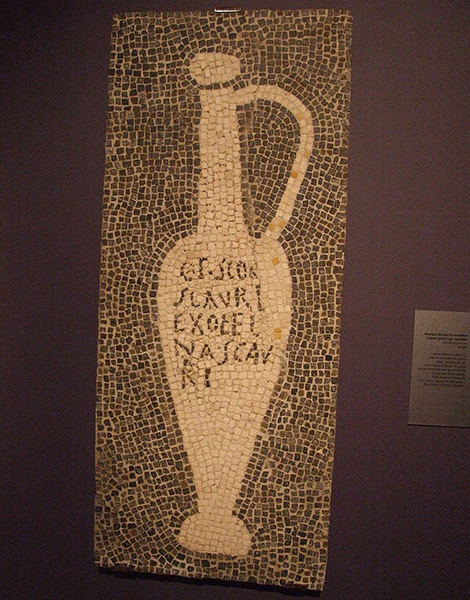
A Pan-Mediterranean Commerce Community
For a condiment that started life as mushy pile of decomposing fish, garum has left behind a surprisingly wealthy archaeological footprint. Whereas large-scale industrial manufacturing is greatest attested from the Roman interval, notably in Spain (Hispania) and North Africa, the groundwork for preserving and buying and selling processed fish started earlier – and the Greeks have been a part of that story.
Within the Greek world, we discover proof for fish salting and preservation, particularly from the Classical and Hellenistic intervals. On Delos, archaeologists have uncovered stone tanks and drainage channels, which can have been used for cleansing and salting fish, in affiliation with the business quarters adjoining the harbor. Close to Itanos in jap Crete, equally designed vats and concentrations of fish bones level to small-scale processing exercise. Although these websites present no direct proof of garon manufacturing, they replicate a broader tradition of fish preservation – together with salting, drying, and presumably pickling – that will later underpin Roman fermentation practices.
What’s missing within the Greek archaeological report is clear-cut proof for fish sauce manufacturing on the dimensions of Roman garum. In distinction, Roman websites like these at Baelo Claudia in Baetica (trendy southern Spain) function purpose-built “cetariae” – stone fermentation vats – and are discovered alongside amphora kilns and garum-branded exports. These amenities replicate a degree of business organisation not (but) seen within the Greek world.
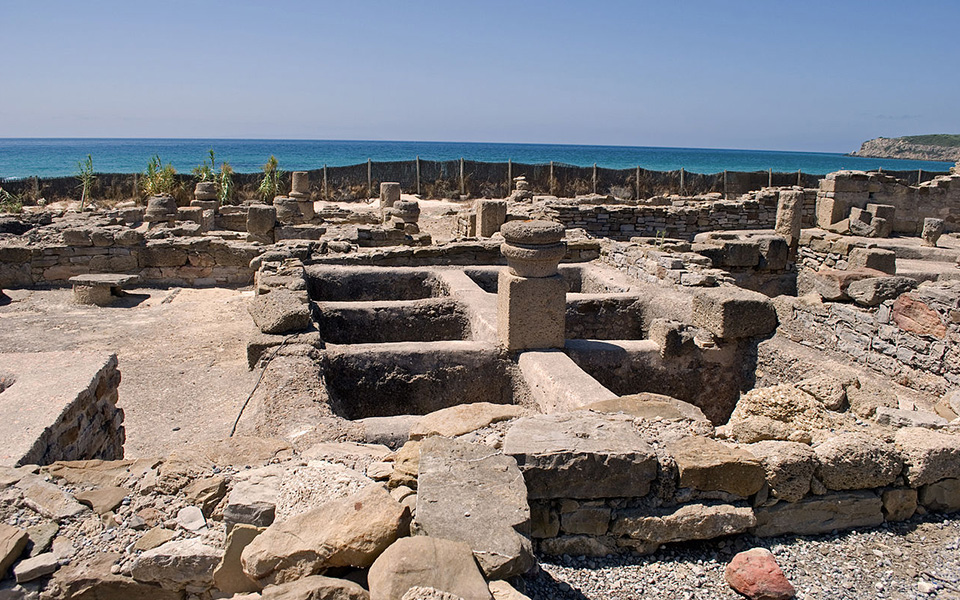
As soon as produced, fish sauce was sometimes shipped in tall, narrow-necked amphorae with pointed bases – preferrred for stacking within the holds of cargo ships. Within the Roman period, these amphorae have been usually sealed with pitch or resin and bore painted labels (“tituli picti”) or stamped handles indicating contents, high quality and workshop origin – an early type of branding and high quality management.
Shipwreck archaeology provides essential proof. Amphorae with traces of fermented fish merchandise have been recovered from wrecks close to Rhodes, Chios, and within the Black Sea, usually discovered alongside wine jars, oil containers and salted fish. These finds recommend a multi-commodity maritime economic system, wherein fish merchandise – together with garum – have been a part of broader commerce networks linking the Greek world with Roman markets and past.
Though the biggest garum-producing facilities emerged within the western Mediterranean throughout the Roman interval, amphorae sorts akin to Dressel 7–11 kind (1st century BC to third century AD), generally related to fish sauce transport, have been discovered throughout the jap Mediterranean as nicely. One sensible rule appears to have held true all through: garum was by no means saved or shipped in amphorae used for wine or oil – its pungent aroma would have spoiled a whole cargo.
Make Your Personal Historical Greek Fish Sauce
Intrigued? Properly, in case you’re feeling courageous – and have very forgiving neighbors – why not strive making your personal model of historic garum at dwelling? All you want are contemporary anchovies or sardines, loads of coarse sea salt, and a little bit endurance.
Utilizing a clear glass or clay jar, layer the fish with salt at a 3:1 ratio (three components fish to 1 half salt). For authenticity, depart the center in – they assist set off the enzymatic breakdown that produces the savory liquid. Add a number of aromatics if desired – bay leaf, oregano, or a splash of vinegar or honey – then seal the jar tightly and let the magic (or mayhem) start!
Depart it in a heat, sunny spot for 7 to 10 days (historic strategies generally fermented for as much as three months), stirring sometimes with a wood spoon. As soon as a darkish, aromatic liquid rises to the highest, pressure it rigorously by way of cheesecloth or a high quality mesh sieve and bottle the liquid. Congratulations! You’ve simply made your first batch of selfmade garum.
Warning: House fermentation carries critical meals security dangers, particularly when working with uncooked seafood. Seek the advice of dependable sources or microbiological tips earlier than consuming – or, like many historic diners, depart it to the professionals.
Used sparingly, garum can remodel a dish. Combine it with olive oil and drizzle over grilled greens, lentils, or heat bread for a deep, savory kick that remembers the kitchens of historic Athens – the “umami” of Greek antiquity.
It might not be fairly – however to the traditional Greeks, it was the unmistakable style of the ocean.

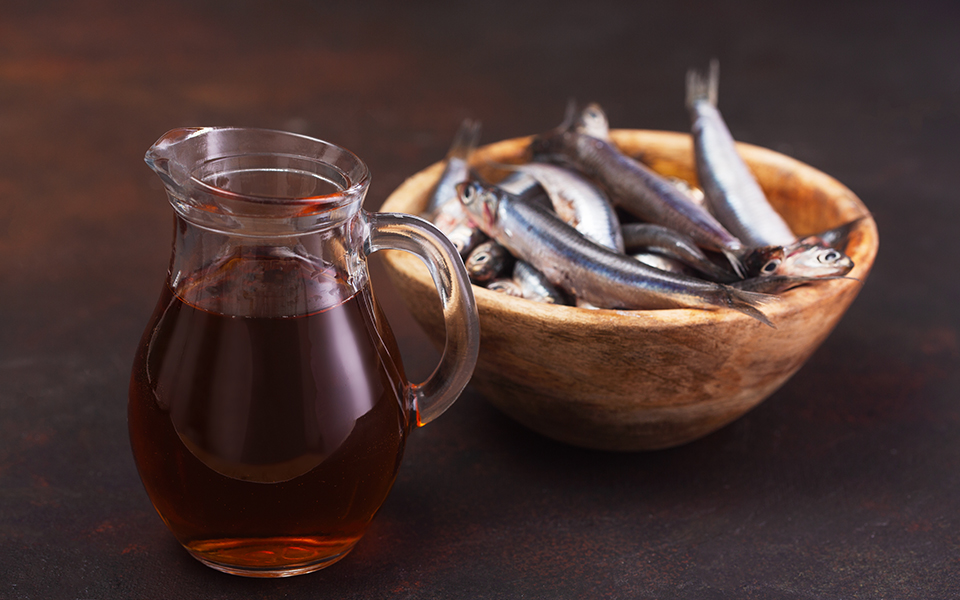

Recent Comments